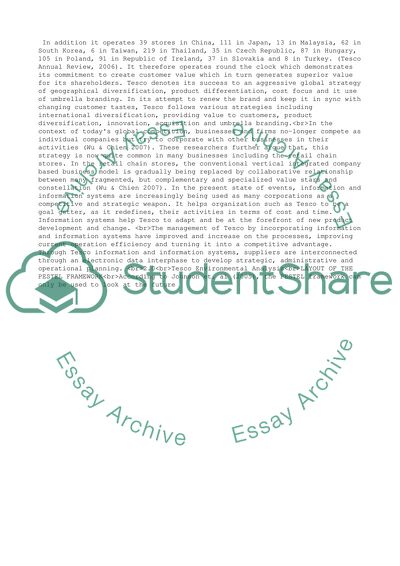Cite this document
(“Information System in Tesco Case Study Example | Topics and Well Written Essays - 3000 words”, n.d.)
Retrieved from https://studentshare.org/business/1501676-information-system-in-tesco
Retrieved from https://studentshare.org/business/1501676-information-system-in-tesco
(Information System in Tesco Case Study Example | Topics and Well Written Essays - 3000 Words)
https://studentshare.org/business/1501676-information-system-in-tesco.
https://studentshare.org/business/1501676-information-system-in-tesco.
“Information System in Tesco Case Study Example | Topics and Well Written Essays - 3000 Words”, n.d. https://studentshare.org/business/1501676-information-system-in-tesco.


